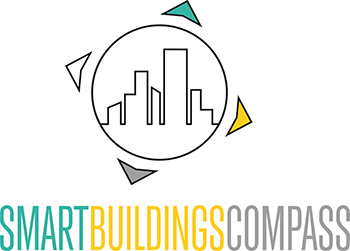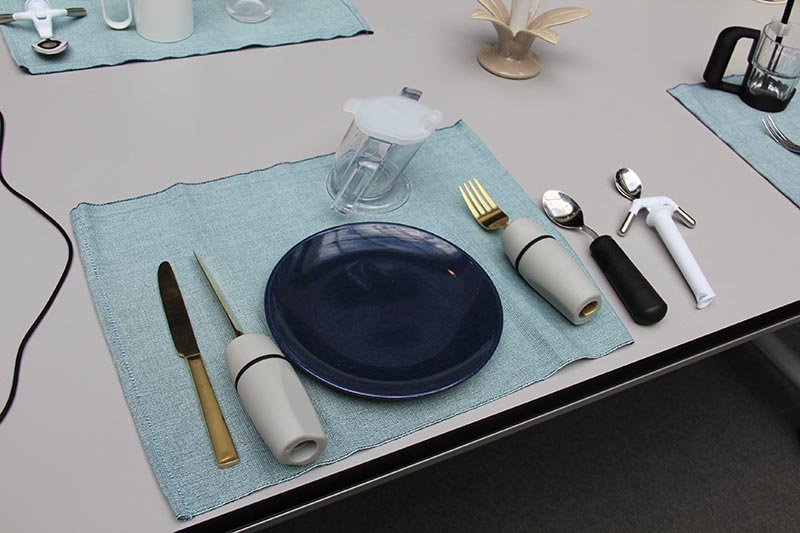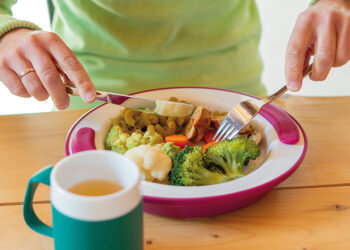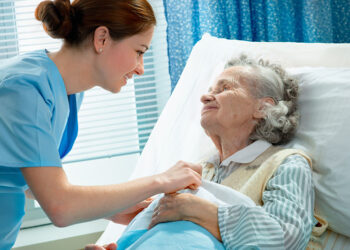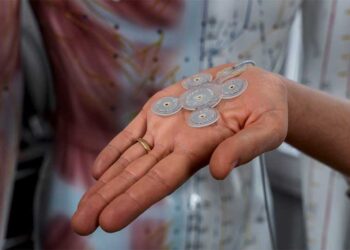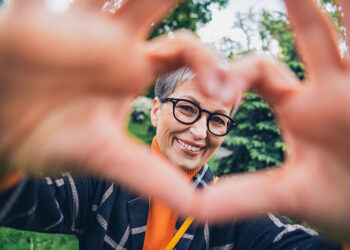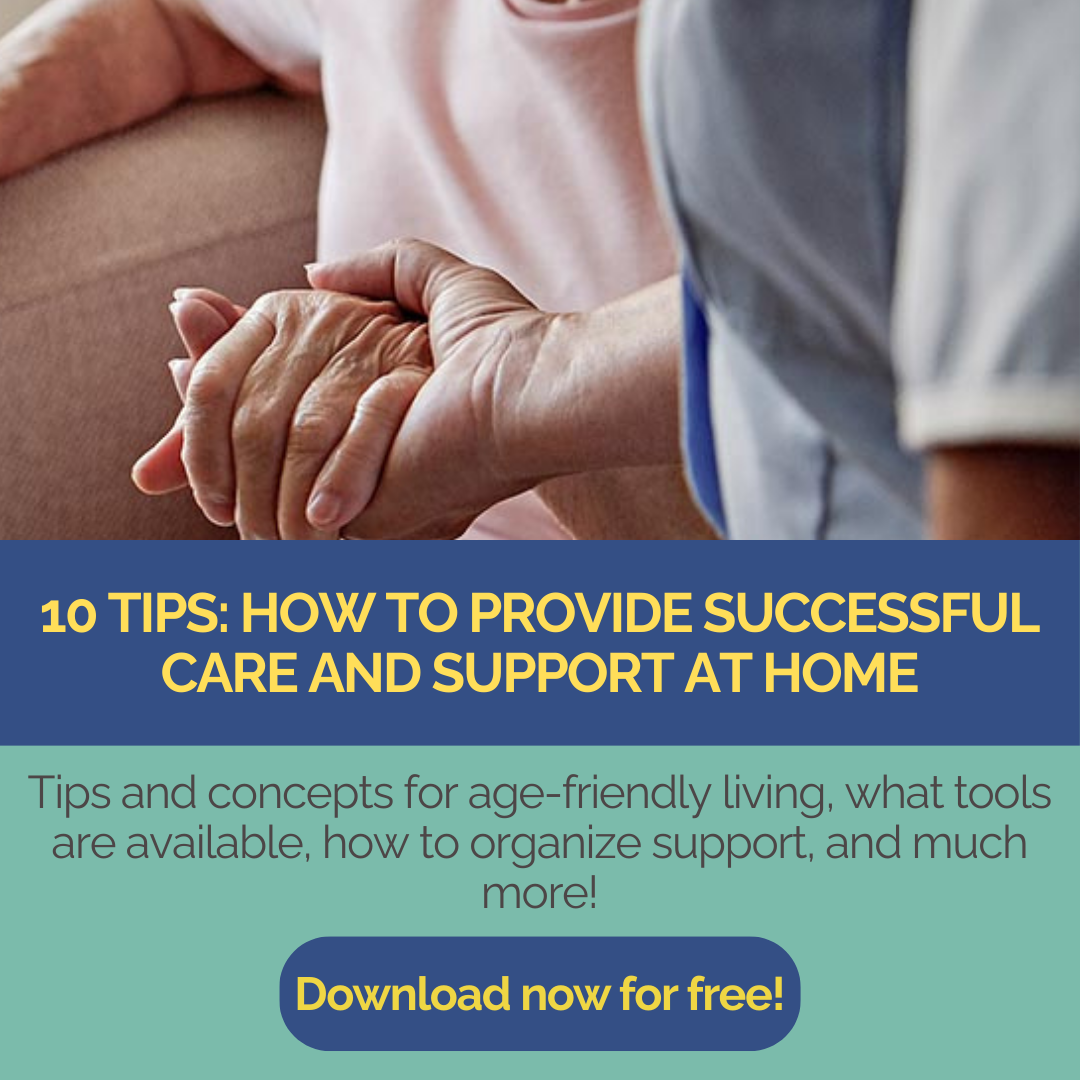Assistance solutions serve to cushion age-related limitations, minimize risks and promote social participation. The solutions on the market are versatile: For example, they help to prevent falls or report them so that help can arrive quickly. They help to take medication on time or maintain contact with the family. They help to maintain hygiene in the bathroom and on the toilet. But there are also aids for the kitchen and for eating that make life at home easier.
Here is an overview that cannot be complete due to the wealth of concepts and products:
Helpers for everyday life, e.g:
- Hygiene, bath & toilet: Special swivel toilets to support care, brushes for easy washing and height-adjustable washbasins.
- Kitchen: Starting with utensils for safe cutting in the kitchen, through to fire protection sensors and automatic switch-off of the stove (e.g. when leaving the home).
- Eating & drinking: Special cutlery for trembling hands or with a larger shaft for a better grip. Drinking aids and drinking reminders.
- Helpful products for better sitting, standing up and lying down
- Mobility: wheelchairs, rollators and other walking aids
- Visual aids, apps that read aloud
- Various apps for reminders (e.g. for medication, daily structures & appointments, etc.), drinking reminders
- Games – e.g. specially developed for dementia sufferers, or simply to stay mentally active
Technological solutions (Ambient Assisted Living – AAL)
- Sensors & smart home technologies: such as fall sensors, motion detectors or door contacts that detect conspicuous behavior or behavior that deviates from the norm and notify relatives or emergency services.
- Voice-controlled systems: voice assistants that control lighting, heating or music, but can also remind you of appointments or medication.
- Digital communication platforms: Tablets or easy-to-use devices that enable video calls or contact with care staff.
Service-based assistance
- Shopping services, delivery services and accompaniment to medical appointments
- Domestic help for cleaning, laundry or small repairs
- Care services to relieve the burden on family carers
Structural and spatial adaptations
- Barrier-free living: e.g. level-access showers, non-slip floors, door widening, consideration of the turning area for rollators and wheelchairs
- Technology integration in residential buildings: e.g. smart locks, fall sensors, stair lifts, etc.
- Intelligent positioning of sockets, etc.: E.g. well-considered placement of sockets and light switches.
Here you will find pictures and video material from a visit to a Danish assistance advice center in Aarhus :
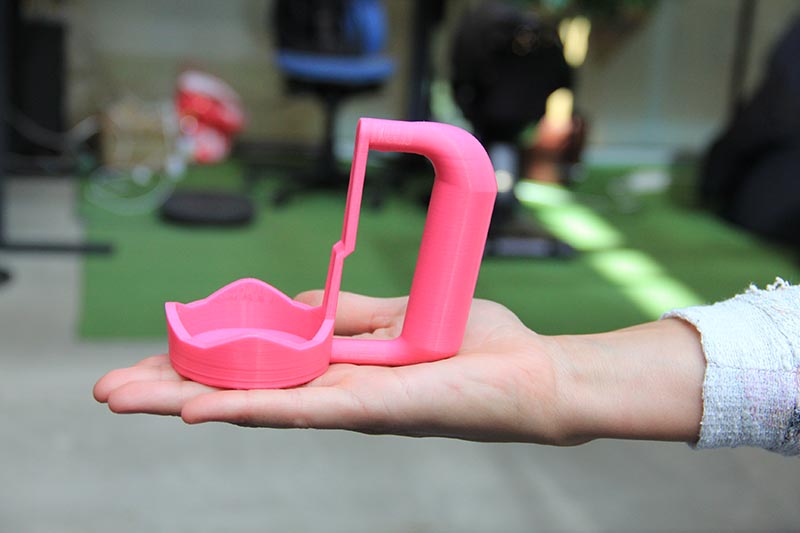
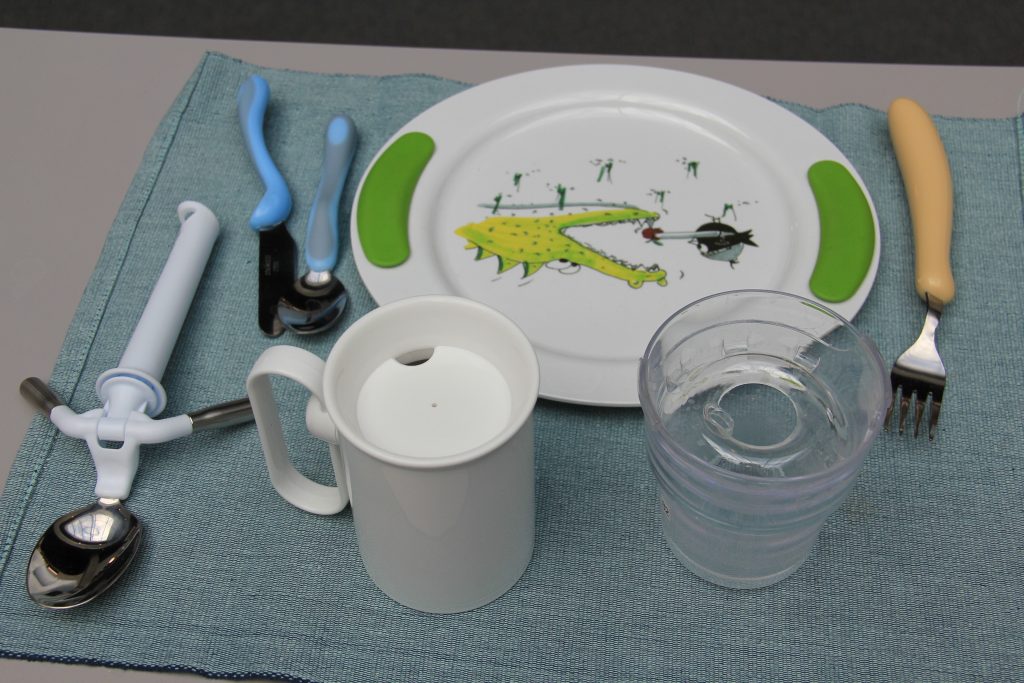
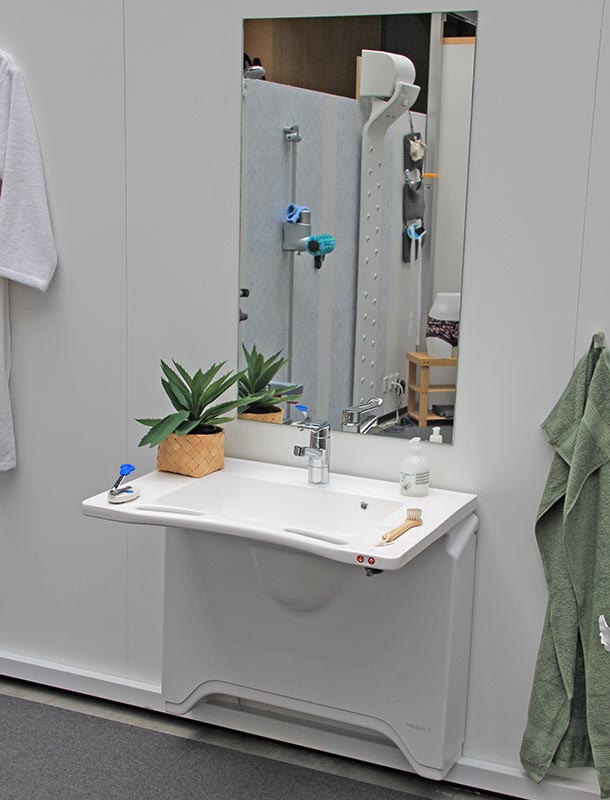
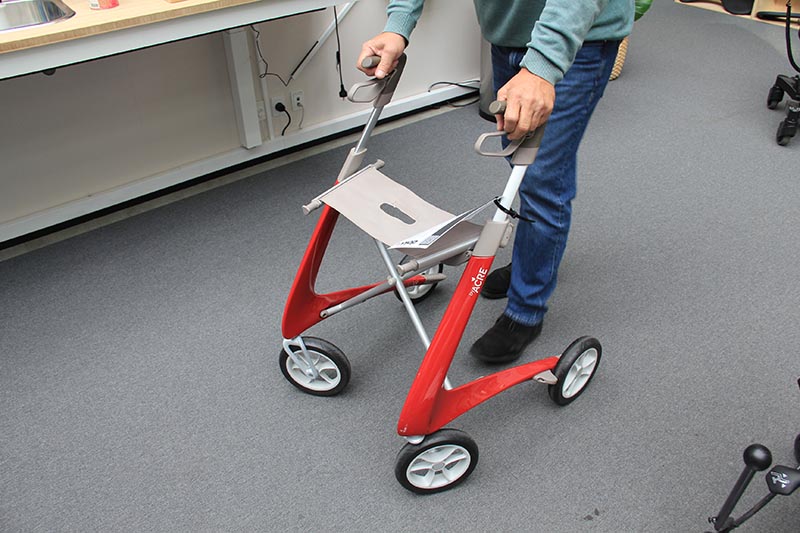
The toilet above is particularly versatile and supports the caregivers. Video by Anja Herberth from the showroom in Aarhus.
Loneliness is a particularly big problem in old age, and pets are often the solution. When people can no longer care for pets (e.g. due to dementia), there are fluffy alternatives: In the form of a purring pussycat or a fiddly baby seal. Credits for both videos: Anja Herberth, in the Aarhus showroom and at the Danish Teknologisk Institute.
Author: Anja Herberth
Chefredakteurin
